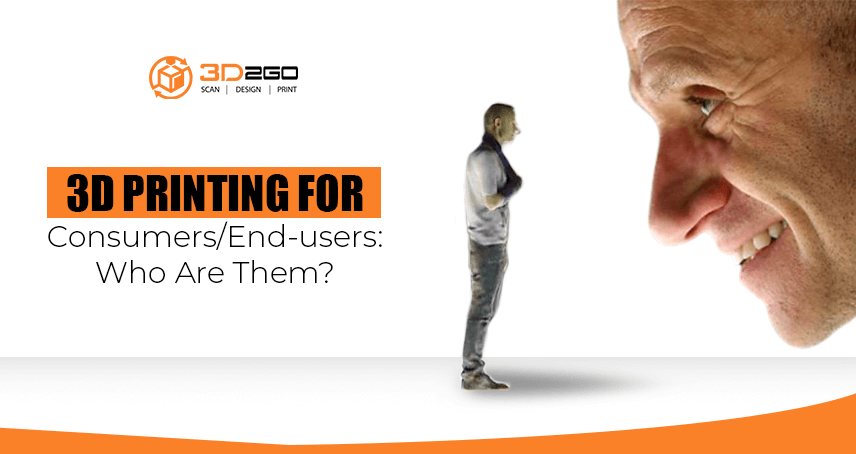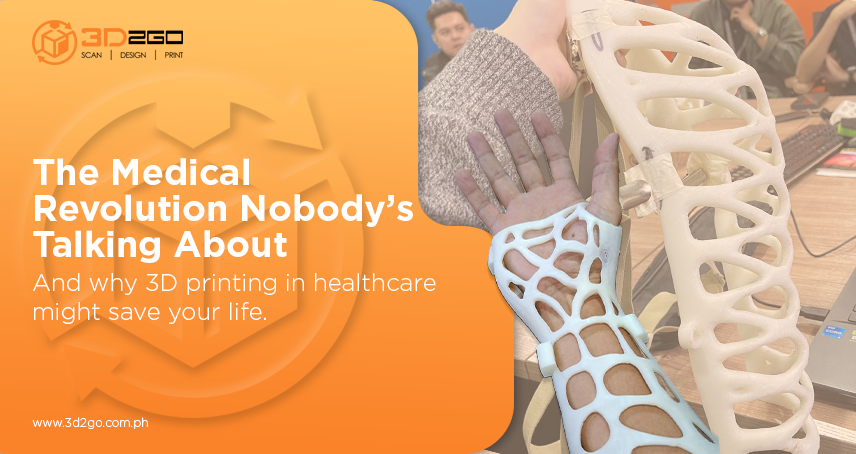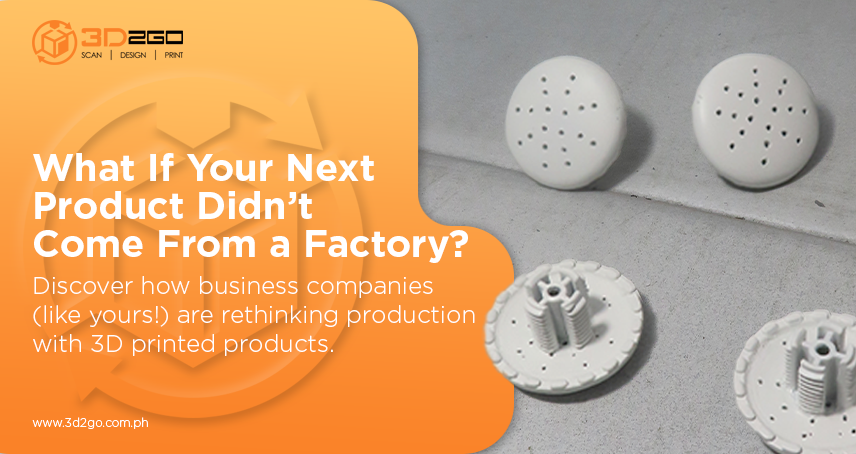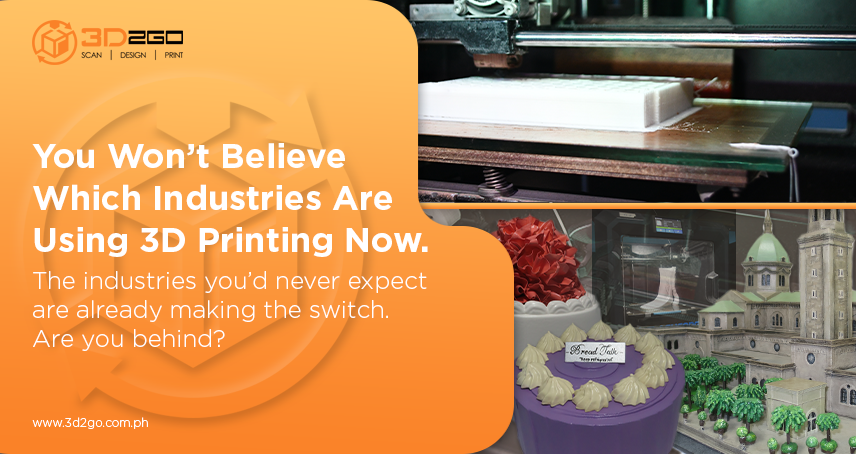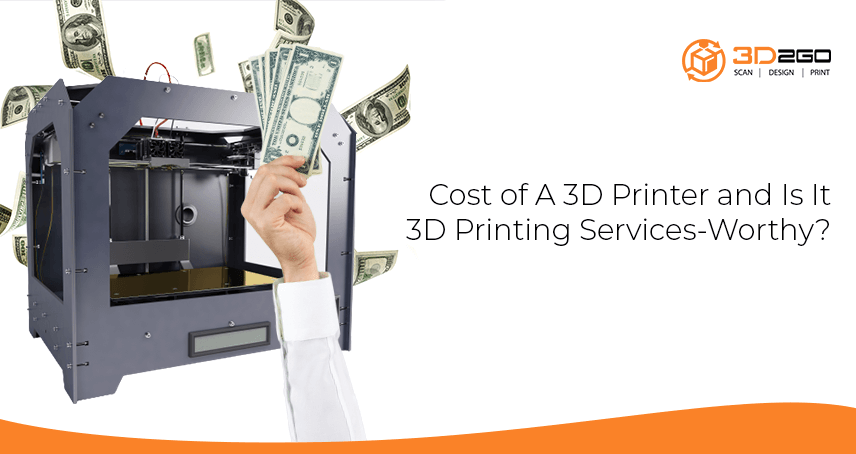
Cost of a 3D Printer and Is It Worthy?
September 6, 2022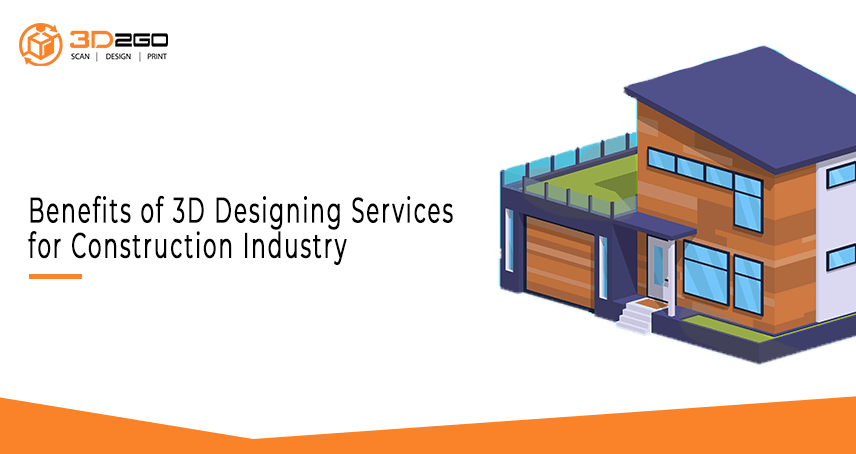
Benefits of 3D Designing Services for Construction Industry
September 8, 2022Why is it important to know what 3D Printing for Consumers/End-users means? And who are them, anyway?
All entrepreneurs know that in order to succeed, you must know your end users. The same principle applies to 3D printing.
3D technology is a diverse service, we have 3D printing, 3D scanning, 3D designing, and 3D prototyping. With a plethora of services applicable to different industries, questions about end users and consumers will rise. Who are they?
So in this article, we will identify all of them and we will also share with you the company that excels in meeting the needs of these people.
3D Printing for Consumers
3D printing is an additive rather than reductive method of producing tangible three-dimensional items. Hence the term Additive Manufacturing.
3D printing builds items by bonding the print material one layer at a time, rather than using a solid block of material and eliminating all the unneeded material until the desired object is generated.
It employs 3D design files, such as those developed in AutoCAD or other comparable programs.
Specialized software divides the data into cross sections and processes the files. The printer uses this information to produce the desired product one layer at a time from the bottom up.
A filament is fed into a nozzle of a 3D printer, which melts the plastic and then extrudes the material onto the build surface according to the CAD data’s instructions.
The method and use of 3D printers is so simple, that is why companies are scouring to buy their own printers or get a 3D printing partner. But who are their consumers anyway? Let us deep dive further into its 3D applications and users.
Use and User
3D printing techniques are finally reaching their full potential, and are now being employed in the manufacturing and medical industries, as well as by sociocultural sectors that promote commercial 3D printing.
In the previous decade, there has been a lot of buzz about the possibilities that can be realized by using 3D printing as one of the primary manufacturing methods. Now it is seeing its demand skyrocketing.
Moreover, here are the different use of 3D printing:
- Apparel/Fashion
Fashion designers are experimenting with 3D-printed bikinis, shoes, and dresses in the field of 3D printing.
Nike uses 3D printing to prototype and manufacture the 2012 Vapor Laser Talon football shoe for American football players, while New Balance is 3D producing custom-fit shoes for athletes in commercial production.
Companies are already generating consumer-grade eyewear with on-demand personalized fit and styling using 3D printing (although they cannot print the lenses). Rapid prototyping allows for on-demand customization of spectacles.
However, academic circles have expressed concern about the probable human acceptability of 3D fashion and such mass personalized garment goods due to the potential decrease of brand value communication.
High fashion designers such as Karl Lagerfeld, who designs for Chanel, Iris van Herpen, and Noa Raviv, who collaborate with Stratasys technology, have used and highlighted 3d printing in their creations.
The 2016 Metropolitan Museum of Art Anna Wintour Costume Center exhibition “Manus X Machina” featured pieces from their lines as well as other 3D printing work.
Consumer/End-user: Athletes and Models
- Automotive
In early 2014, Swedish supercar company Koenigsegg unveiled the One:1, a supercar with various 3D-printed components.
The One:1 contains side-mirror internals, air ducts, titanium exhaust components, and whole turbocharger assemblies that were 3D printed as part of the manufacturing process in the limited run of vehicles Koenigsegg creates.
Urbee is the name of the first car in the world to be equipped with 3D printing technology (its bodywork and car windows were “printed”).
A hybrid car with a futuristic design was created in 2010 through a partnership between the US engineering firm Kor Ecologic and the company Stratasys (maker of printers Stratasys 3D).
In May 2015, Airbus stated that over 1000 components of the new Airbus A350 XWB were made using 3D printing.
Air forces are also using 3D printing to create spare components for planes. A Royal Air Force Eurofighter Typhoon fighter plane was the first to fly with printed parts in 2015. The US Air Force has started using 3D printers, and the Israeli Air Force has also purchased a 3D printer for printing spare components.
3D printing automobiles are still booming as of today.
Consumer/End-user: Army, Racers, Pilots, Manufacturers and Enthusiasts
- Construction
As the cost of 3D printers has decreased, the use of 3D printing to make scale models in architecture and construction has grown in popularity.
This has resulted in a faster turnaround time for scale models, as well as a continual increase in the speed of production and the complexity of the things produced.
Construction 3D printing, or the use of 3D printing to produce construction components or entire buildings, has been under development since the mid-1990s. Since 2012, new technologies have progressively gained traction, and the 3D printing sub-sector is maturing.
Consumer/End-user: Engineers, Architects and Construction Workers
- Healthcare
Before, 3D educational devices were used to help med students study the body.
After a few years, it is now possible to implant a 3D-printed component inside the human body.
Today, 3D printing is transforming the medical business, allowing doctors to construct patient-specific equipment like prosthetics, dental restorations, and even orthopedic and cranial implants more efficiently, rapidly, and affordably.
This developing technology’s adaptability is a gamechanger since it makes these gadgets more accessible to patients.
Imaging and thorough scanning are required phases in the development of 3D-printed components in the medical business.
First, detailed images of the patient’s surface are captured using laser scanning. Then, to see cross-sectional images of bones and tissues, MRI imaging and CT scanning are used.
After the imaging is finished, specialist software converts the photos into complete models that can be printed in 3D.
As medical 3D printing continues to gain traction in the market, scientists are investigating a more far-reaching possibility: the 3D printing of living organs such as the heart or liver.
The possibility of this being a reality at some point in the future opens up a world of life-saving possibilities for people all over the world who otherwise would not have been given a second opportunity.
Consumer/End-user: Students, Doctors, Surgeons, Nurses, and Practitioners
- Cultural Preservation
In the last several years, 3D printing has seen a lot of usage in the field of cultural heritage preservation, restoration, and dissemination.
Many museums throughout Europe and North America have purchased 3D printers and are actively using them to rebuild lost pieces of their antiques.
3D scanners essentially increase the digital study of museum holdings.
The first-ever 3D scanning project to document very old Maya monuments was documented by Harvard University in 2007.
They list the advantages of employing 3D scanners for their research in the same article.
Digital scanning creates a clear replica of the scanned item, which aids in the preservation of the Maya culture’s past. They were able to obtain a clear scan copy of inscriptions despite the combined threats of worsening environmental conditions, carelessness, and vandalism.
It’s no secret that art organizations have turned to 3D technology to display and preserve their works.
According to Lawrence University, 3D scanning of museum collections is a fantastic use of 3D technologies that allows people to share rare things with the rest of the world.
They add that, “Many museums and libraries have been sharing 3D scans of their collections, leading to an amazing selection of historical artifacts that can be viewed in a web browser, virtual reality headsets, and often even downloaded and 3D printed.”
What function does 3D scanning play in this? They scan antique things using 3D scanning technology to create 3D models of them and place them in virtual art functions.
Consumer/End-user: Archivist and Professors
3D Printing Service Provider in the Philippines
We are 3D2Go, the premier company for anything 3D in the Philippines. We have the technology and talents to assist you in creating a 3D model of various items.
We are the one-stop-shop of everything 3D such as 3D scanning, 3D modeling, 3D prototyping and more.
By allowing us to help you, you can assure an accurate and satisfying result of your project.
We sell 3D scanners and 3D printers if you want to do your own DIY project.
Reach us through our Facebook or leave us a message here.


